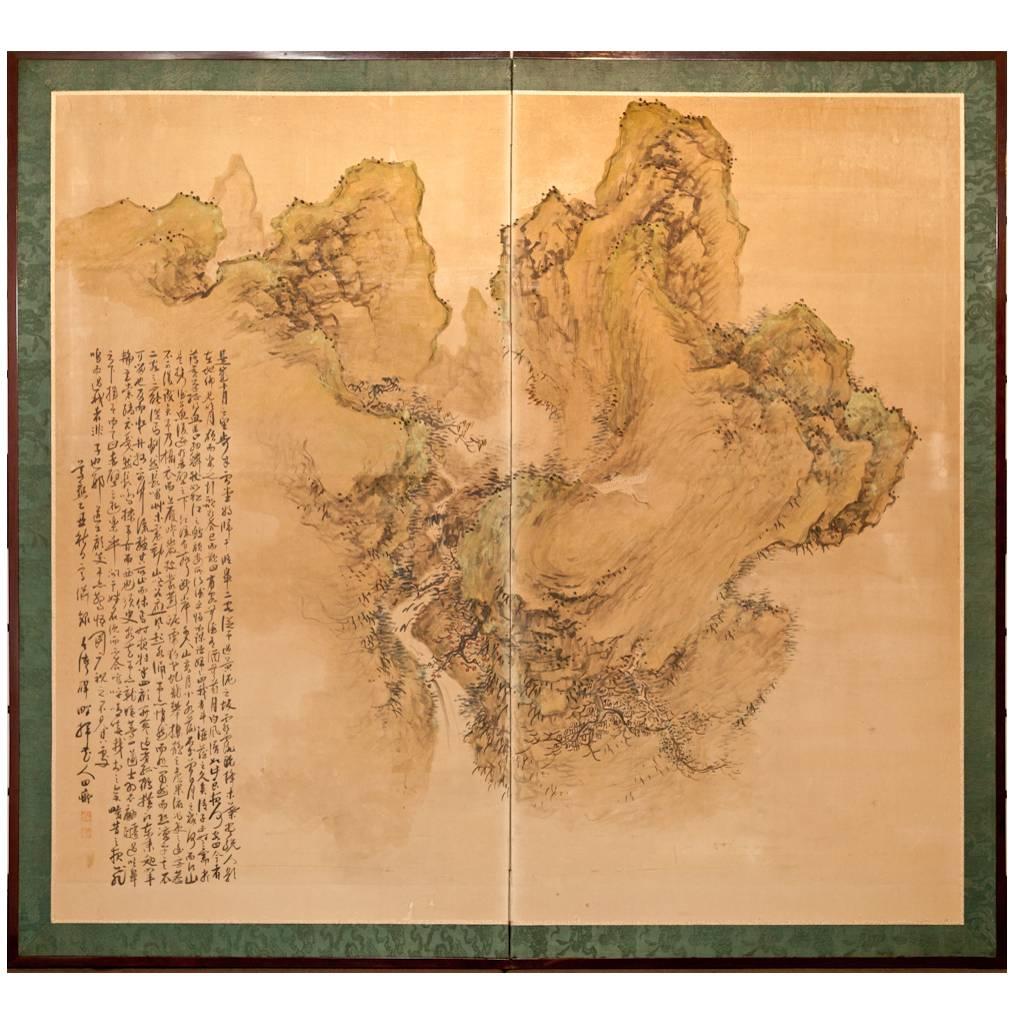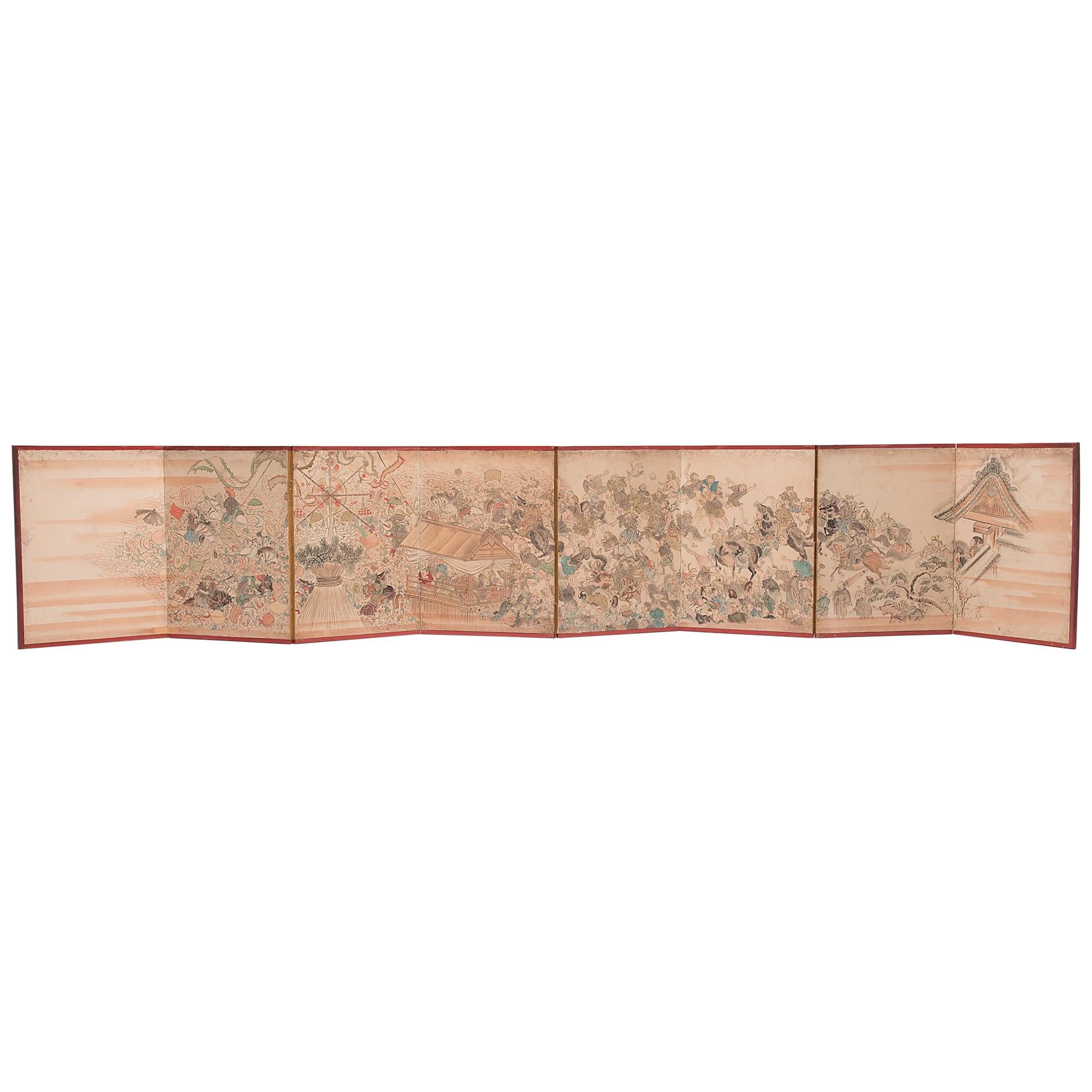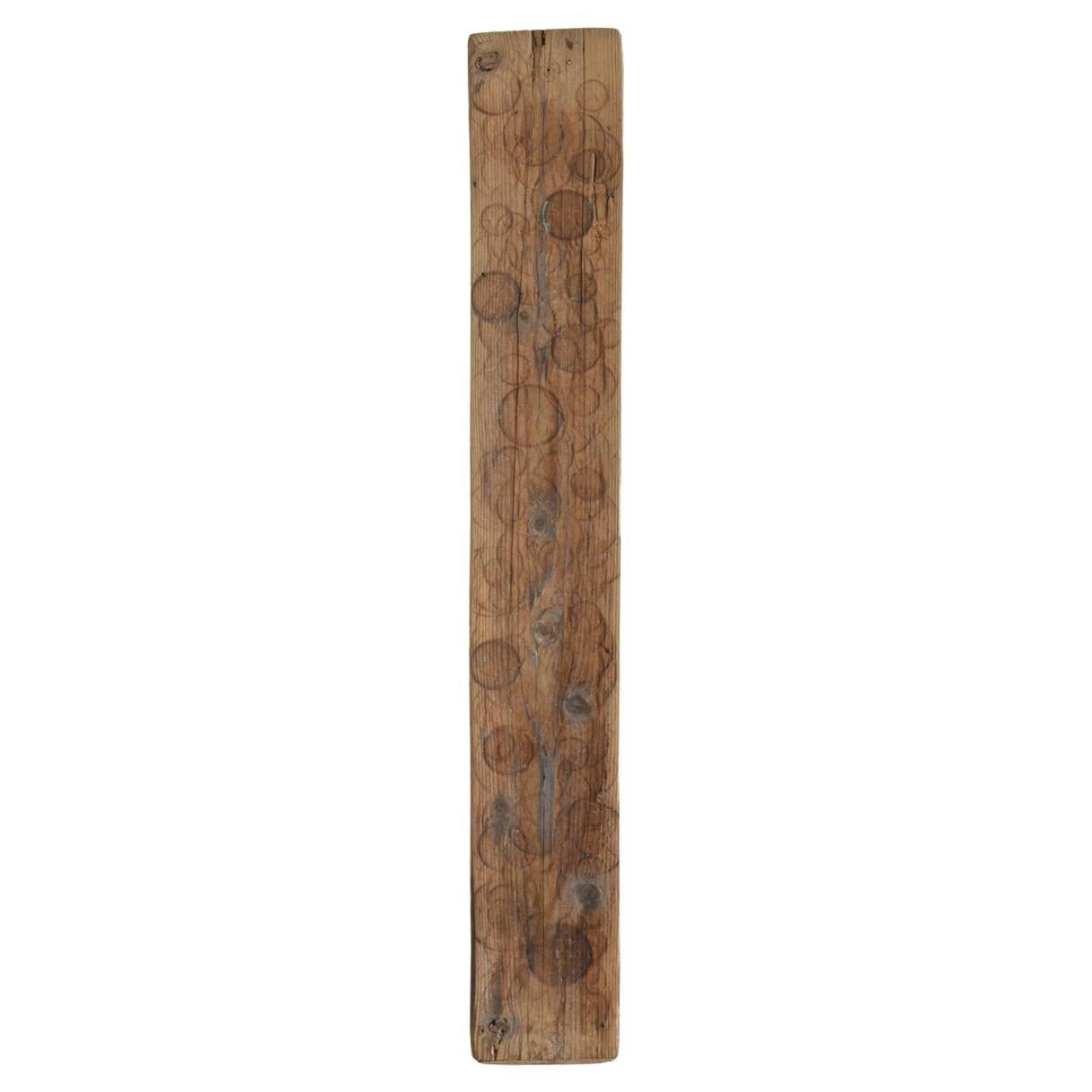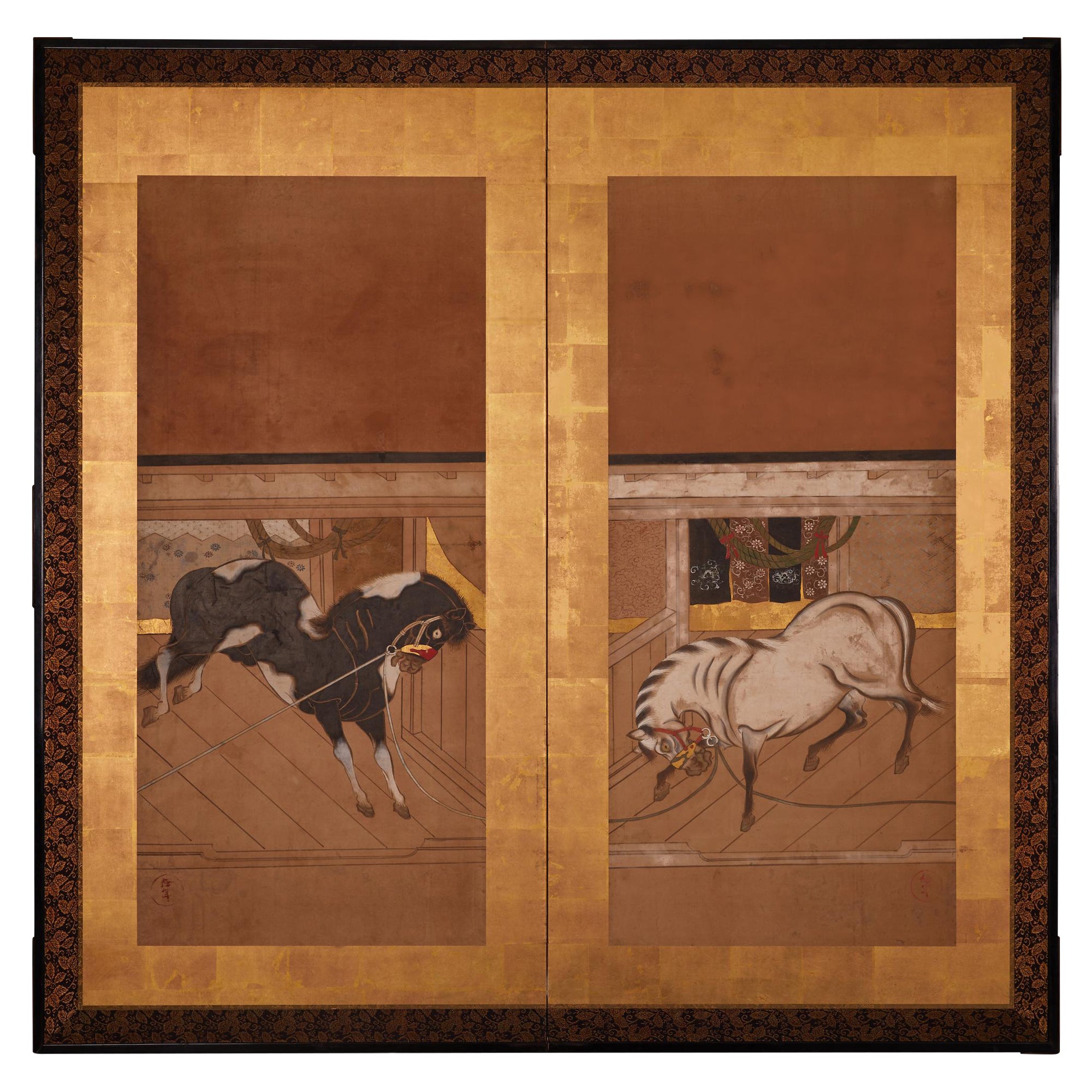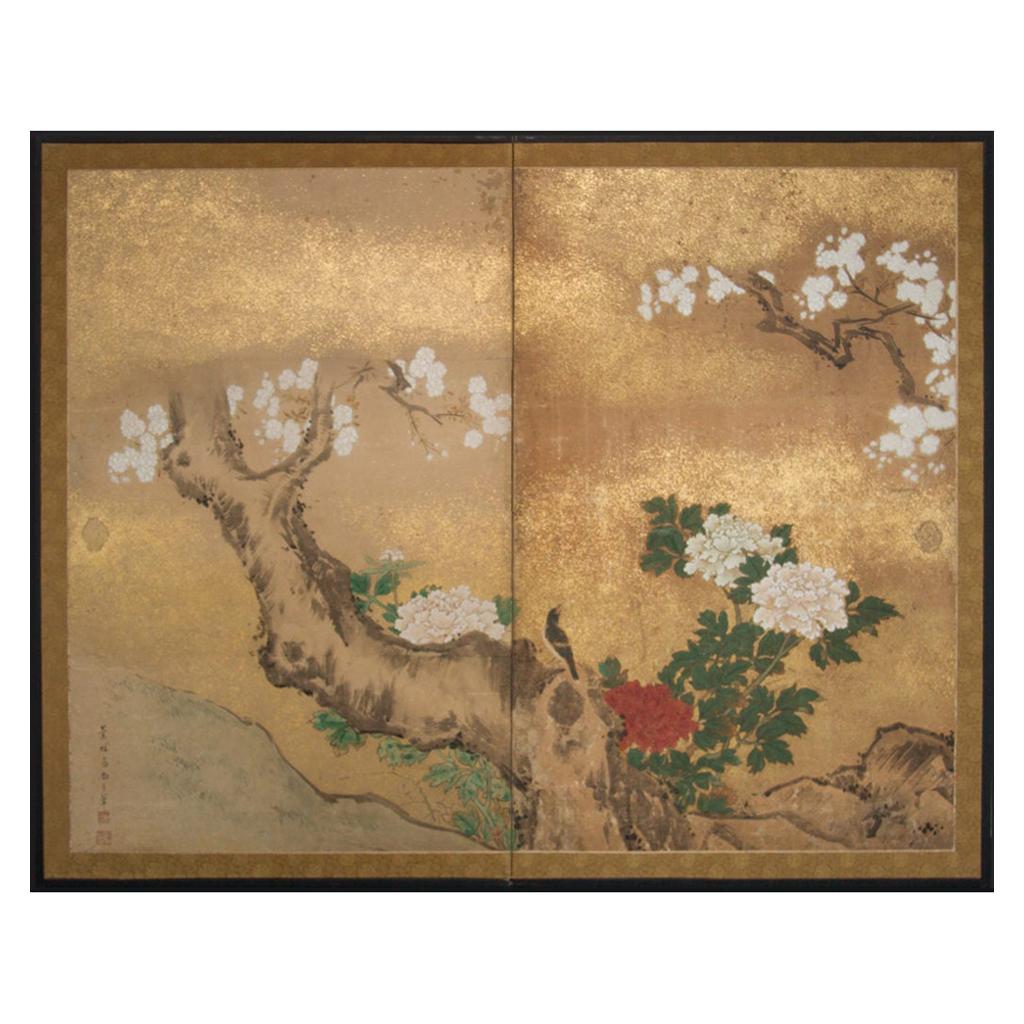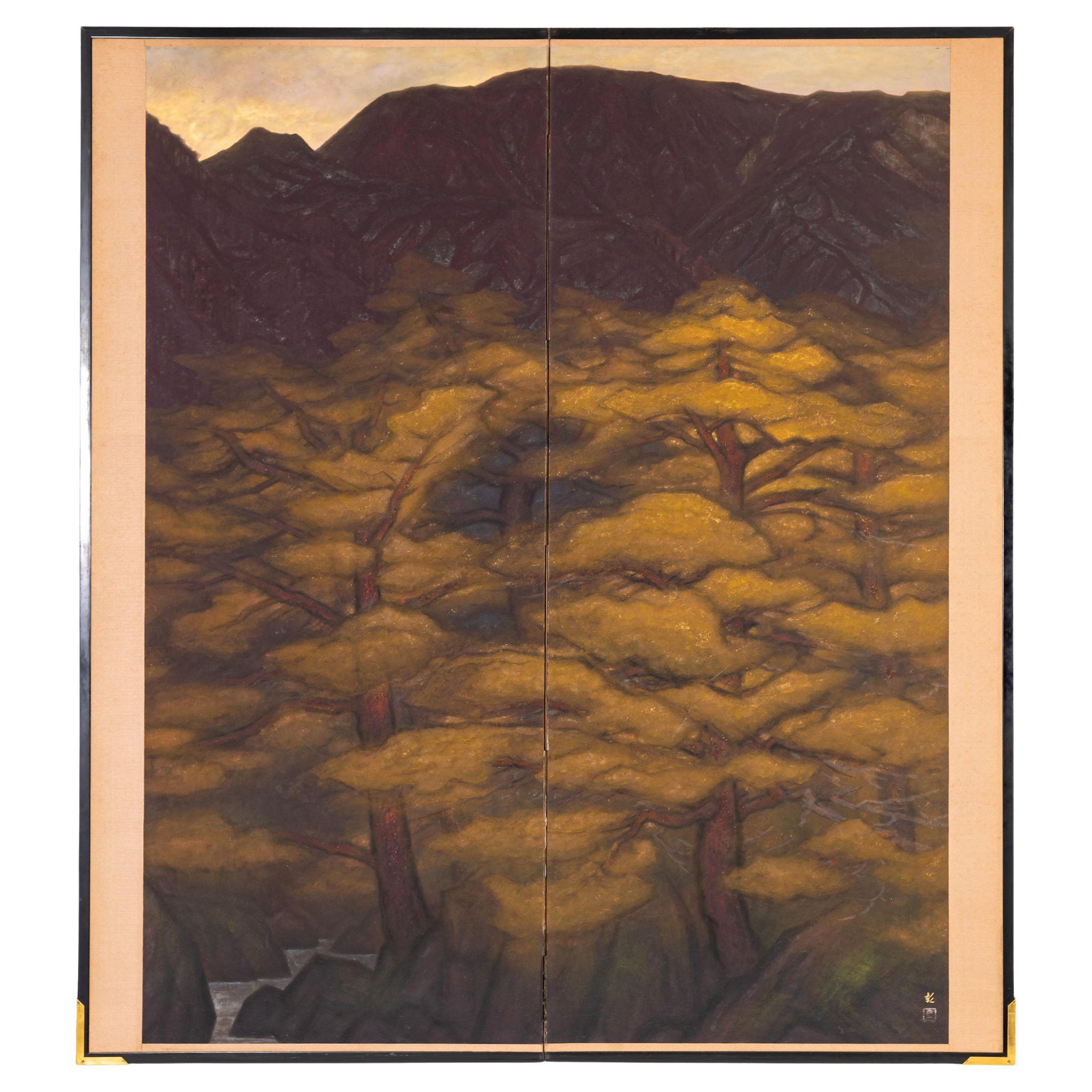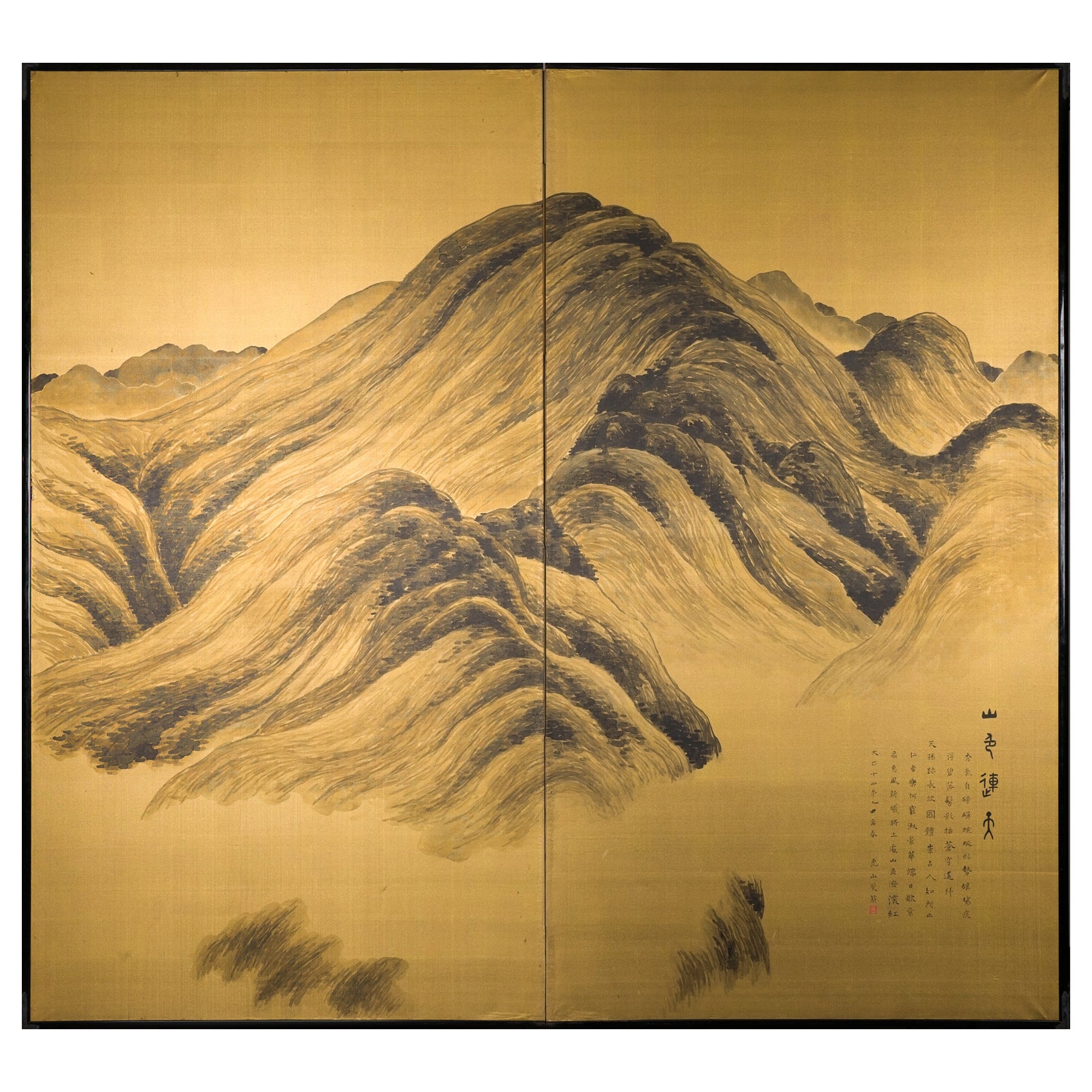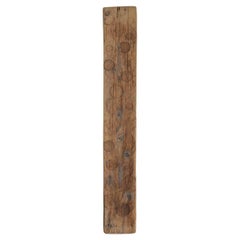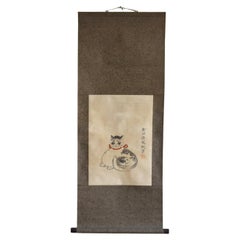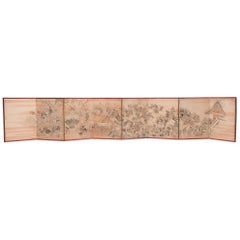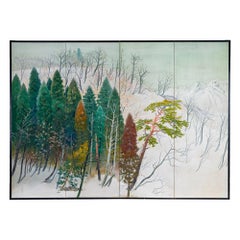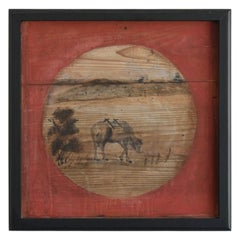
Japanese antique panel painting / 1750-1868 / mountain and horse painting
View Similar Items
Want more images or videos?
Request additional images or videos from the seller
1 of 19
Japanese antique panel painting / 1750-1868 / mountain and horse painting
About the Item
- Dimensions:Height: 19.97 in (50.7 cm)Width: 20.01 in (50.8 cm)Depth: 0.99 in (2.5 cm)
- Style:Edo (Of the Period)
- Materials and Techniques:Cedar,Hand-Painted
- Place of Origin:
- Period:
- Date of Manufacture:1750-1868
- Condition:Repaired: This painting was framed in a later period. Also, since the board was broken at that time, there are traces of bonding from the back side.
- Seller Location:Sammu-shi, JP
- Reference Number:1stDibs: LU5487235776872
About the Seller
5.0
Platinum Seller
These expertly vetted sellers are 1stDibs' most experienced sellers and are rated highest by our customers.
Established in 2015
1stDibs seller since 2020
1,117 sales on 1stDibs
Typical response time: 4 hours
More From This SellerView All
- Antique Work Board Used by Japanese Craftsmen/1868-1920/Wabi-Sabi Wall PaintingLocated in Sammu-shi, ChibaIf you want something special, we recommend purchasing items selected by Brood. We sell carefully selected old Japanese items. I've seen tens of thousands of items so far. Based o...Category
Antique Late 19th Century Japanese Meiji Paintings
MaterialsCedar
- Japanese Antique Ink Painting / 19th Century / Rare Chinese Character PaintingLocated in Sammu-shi, ChibaWe have a unique Japanese aesthetic sense. And only we can introduce unique items through our purchasing channels in Japan and the experience we have gained so far, in such a way that no one else can imitate. It is an ink painting written after the Meiji era. The biggest attraction of this work is that it uses Chinese characters to create paintings. To explain in detail, it is written here in Chinese characters as "un-ryu" . "Un" is a cloud and "ryu" is a dragon. These are embodied and drawn by comparing them to the meaning of Chinese characters. And the clouds depict the clouds hanging over the mountain, and the dragon depicts the climbing toward the mountain. Humorous paintings...Category
Antique Late 19th Century Japanese Edo Paintings
MaterialsAcrylic, Paper
- Antique hanging scroll of Japanese cat/Late Edo-Meiji period/Cat paintingLocated in Sammu-shi, ChibaThis is a picture of a cat drawn by a person named "Toshizumi Nitta" from the end of the Edo period to the beginning of the Meiji period. She is a very simple and cute cat. He is a vassal of the Tokugawa Shogunate, born in Ota City, Gunma Prefecture (southern part of Gunma Prefecture). He was related to the Tokugawa family and lived in a large mansion in the Ota clan in Gunma prefecture. However, the Nitta family's territory was very small, and they were by no means a wealthy vassal. He seems to have lived quite poorly. So he painted cats and sold them to people. The Nitta family continued to draw pictures of this cat for four generations. "Nitta toshizumi" is equivalent to the fourth generation. During the Edo period, sericulture was thriving in the Kanto region. Cats were said to be the gods of silkworms, as they drive away mice, the natural enemies of silkworms. It was the Nitta family who drew such a cat on paper, pasted it in the silkworm chamber, and sold it as a mouse repellent. There were also other monks who painted pictures of cats, but the Nitta family in particular was related to the Tokugawa family, so people believed that paintings of cats had special powers. , a lot of paintings...Category
Antique Late 19th Century Japanese Edo Paintings
MaterialsPaper
- Japanese antique wooden Buddha statue/Folk Buddha/Edo period/1603-1868Located in Sammu-shi, ChibaThis is an old Japanese Buddhist statue made around the Edo period. The material is believed to be cypress or cedar. The square pedestal at t...Category
Antique 17th Century Japanese Edo Sculptures and Carvings
MaterialsCypress
- Japanese Antique Wooden Door 1750s-1860s/Architecture Abstract Art WabisabiLocated in Sammu-shi, ChibaIt is the door of the warehouse (KURA) in the Edo period in Japan. This door is from the late Edo period. (1750s-1860s) It has been exposed to the wind and rain for a long time, ...Category
Antique Mid-19th Century Japanese Edo Architectural Elements
MaterialsCedar
- Japanese Antique Folding Screen "雨路風 " 1974 /Mingei Wabisabi/Located in Sammu-shi, ChibaIf you want something special, we recommend purchasing items selected by BROOD. We sell carefully selected old Japanese items. I've seen tens of thousands of items so far. Based on t...Category
Vintage 1970s Japanese Showa Paintings
MaterialsPaper
You May Also Like
- Japanese Two Panel Screen: Mountain Landscape with CalligraphyLocated in Hudson, NYJapanese Two Panel Screen: Mountain Landscape with Calligraphy. Late Edo (c. 1850) painting of a dramatic mountainside carved by a waterfall with a crane flying in the foreground an...Category
Antique Mid-19th Century Japanese Edo Paintings and Screens
MaterialsSilk, Wood, Paper
- Japanese Edo Festival Screen, c. 1750Located in Chicago, ILThis 18th century folding screen is a stunning example of Japanese artistry. Beautifully painted with delicate brushwork, the evocative screen depicts a lively festival during the Ed...Category
Antique Mid-18th Century Japanese Edo Paintings and Screens
MaterialsPaper
- Japanese Four Panel Screen, Snowy Mountain LandscapeLocated in Hudson, NYHinoki (Japanese red pine) and other deciduous trees in mineral pigments on mulberry paper. Signature reads: Yosui.Category
Early 20th Century Japanese Paintings and Screens
MaterialsPaper
- Japanese Four Panel Screen Tibetan Mountain MonasteryLocated in Hudson, NYPowerful depiction of sprawling monastery with massive mountains in the background. Ink on paper. Signature and seal read: Tetsuzan.Category
Antique Early 19th Century Japanese Paintings and Screens
MaterialsPaper
- Japanese Two Panel Screen: Mountains in the MistLocated in Hudson, NYChinese School landscape ink painting on gilded silk by Yukimatsu Shunpo, signed and dated 1924. Yukimatsu Shunpo was born in Oita in 1897 and studied under Himejima Chikugai in Osak...Category
Early 20th Century Japanese Taisho Paintings and Screens
MaterialsSilk
- Japanese Screen Painting, circa 1700 'Horses' by Kano TanshinLocated in Kyoto, JPHorses Kano Tanshin Morimasa (1653-1718) Two-panel tea-ceremony Japanese screen or furosaki Ink on gold leaf, late 17th-early 18th century Measures: H 55 cm x W 182 cm The Kano school was closely aligned with the warrior class in Japan. The samurai, who lived in a closed and rigid hierarchical society established by the Shogunate, were drawn to the energy and freedom horses symbolize; Kano school artists commonly depicted the equine creatures as they are here, in unfettered and carefree family groups. China originally introduced horse paintings to Japan; the works typically focused on capturing the essence of horses in their various environments and often involved integrating human figures into the images. Kano Tanshin Morimasa (1653-1718) was the son of Kano Tanyu...Category
Antique 1690s Japanese Edo Paintings and Screens
MaterialsGold Leaf
